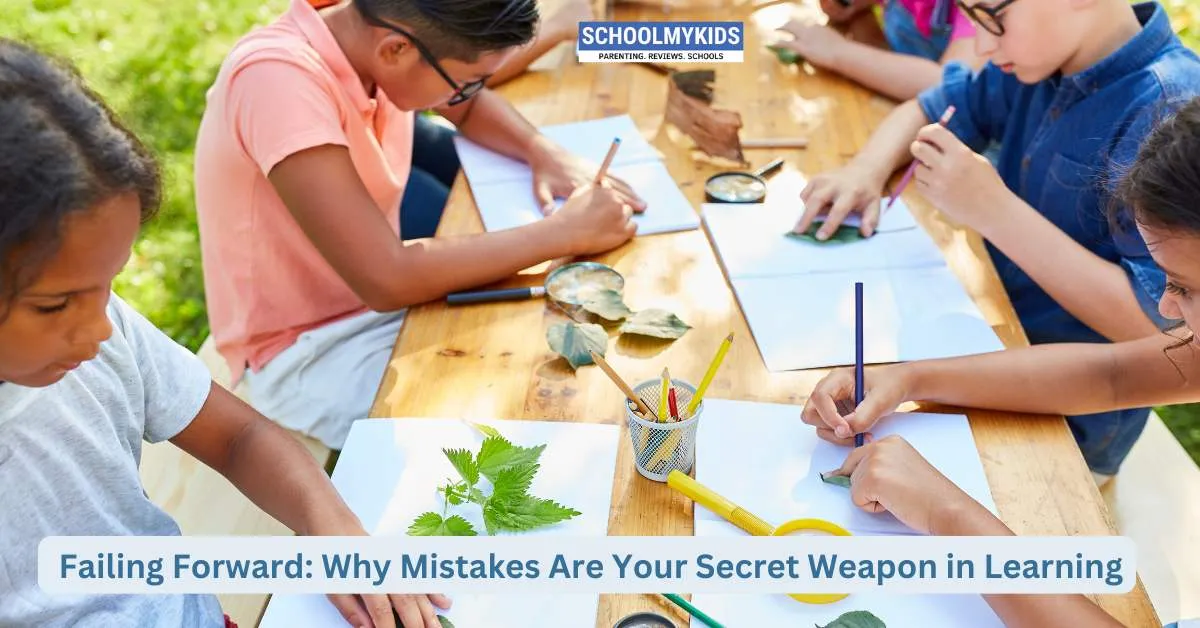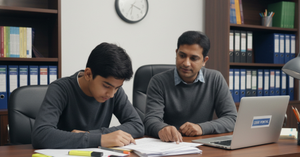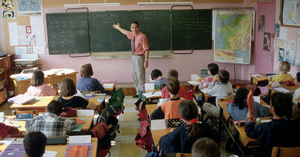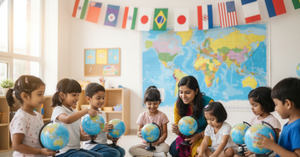Introduction
In a performance-focused academic culture, failure is often treated as a red mark—a sign of falling short. But failure is not the end of learning; it is its most powerful beginning. When embraced correctly, failure becomes the sharpest teacher, guiding students toward reflection, improvement, and long-term success.
Redefining Failure
Failure is often misunderstood as the opposite of success. In reality, it’s a part of it. From scientific discoveries to art and innovation, history is filled with people who failed repeatedly before achieving anything significant.
In education, this means allowing students to:
- Try without fear.
- Make mistakes and analyze them.
- Understand that progress often follows discomfort.
What Students Learn Through Failure
Failure builds more than knowledge. It nurtures:
- Resilience: The ability to recover from setbacks.
- Adaptability: Changing strategies based on what didn’t work.
- Growth mindset: Believing that effort leads to improvement.
These qualities are far more durable than a test score.
Creating a Safe Space for Failure
Students are more likely to embrace challenges when they know failure won’t be met with shame. Schools can promote this by:
- Offering second-chance assignments or resubmissions.
- Highlighting effort and improvement in grading systems.
- Encouraging trial-and-error learning, especially in projects and labs.
Teacher as a Model Learner
When educators admit their own mistakes or learning moments, it normalizes failure for students. It communicates that nobody—regardless of experience—is beyond growth.
Conclusion
The fear of failure often limits potential more than failure itself. By shifting the narrative around mistakes, we prepare students not just for academic success but for life’s inevitable setbacks. Because learning how to fail gracefully may just be the smartest skill of all.









Be the first one to comment on this story.